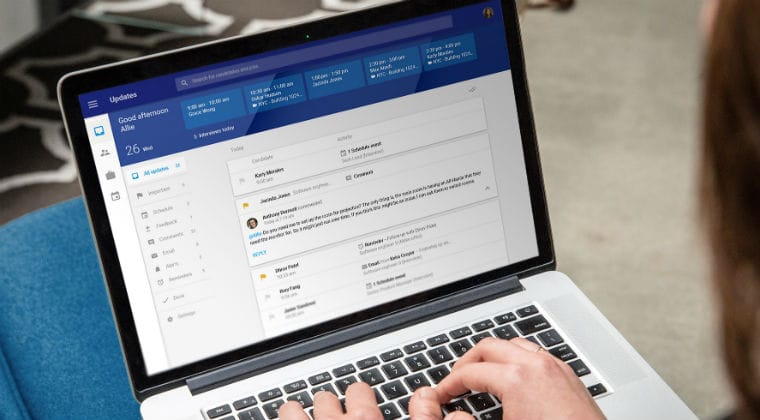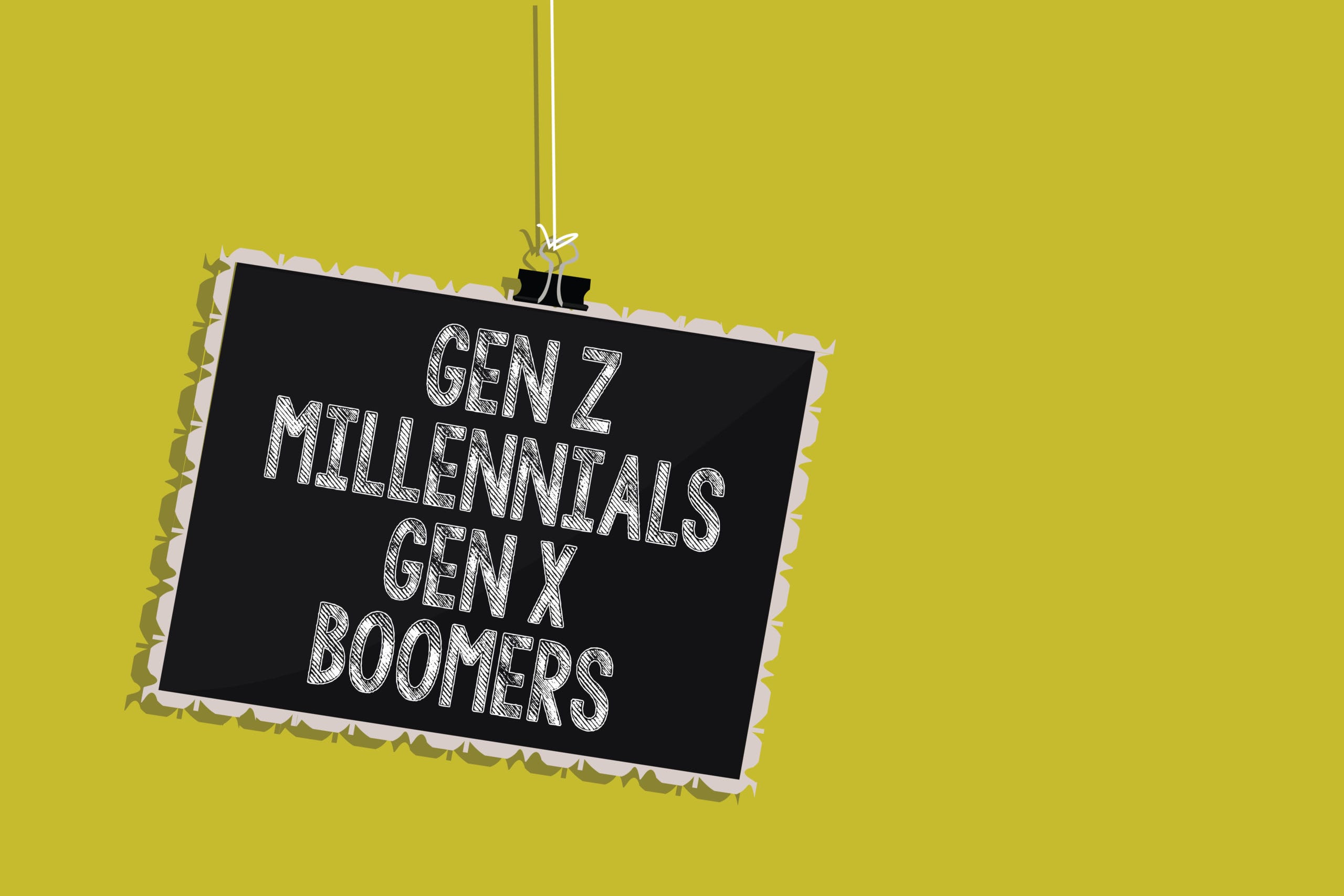Eileen Naughton, vice president of Google’s people operations, announced that she will be stepping down from her position later this year to be closer to her family. The company said in a Feb. 11 press release that she will not be leaving Google altogether but will be transitioning into a different role at the company that has not yet been specified.
During Naughton’s time as vice president of people at Google, she has had to deal with a series of conflicts within the company’s workforce, such as sexual harassment claims that lead to mass walkouts at several office locations, wrongful termination of several employees and being criticized for diversity issues.
During the backlash, Naughton led an effort to make it easier for employees to report misconduct by introducing a new program that allows employees to bring a friend with them to human resources when they file a complaint and during the investigative process as well, according to Fortune. The article also stated that Naughton responded to criticism about Google’s poor treatment toward its U.S. temporary workers who lacked many benefits that their staff receives by implementing new standards including a $15 minimum wage, health care and parental leave.
Dania Shaheen, vice president of strategy and people operations at Kazoo, said that while Google has been known as a leading company to work in the tech world, they are now learning some valuable lessons as they are thrust into the limelight regarding the company’s future and culture.
“What Google is now learning is that hard-fought gains in employee trust build up over a long time frame can easily be squandered,” Shaheen said via email. “While this change management situation may seem dire at the moment, there’s hope for Google and other companies out there going through changes in their cultures.”
In terms of Google’s next steps, Shaheen said they need to revisit what made it such a great company in the first place — its culture — to rebuild the trust with their employees, which begins with the company’s leaders.
“For a company’s culture to flourish, the key is to build a purpose-driven culture of high engagement and high performance within the workforce, and one that evolves as the organizations evolves,” Shaheen said. “One of the best ways to ensure culture will flourish within an organization is to create an environment of trust, transparency and open communication.”
Considering Google’s extended experience with facing backlash and employee tension over the last several months, management burnout is something to also think about. Shaheen says that every company is bound to experience these types of significant changes at some point, and that change can be especially difficult to deal with in the workplace.
“To avoid management and employee burnout in these situations, company leaders can involve managers early on in the change management process to embrace, promote and facilitate the changes that need to happen,” Shaheen said. “When managers aren’t completely aligned or involved with the organizational change, employees hear mixed messages and feel ambivalent toward the initiatives. While leadership drives desired culture changes, it’s imperative to solicit feedback and input from everyone impacted.”
In times of turmoil in an organization, the role of HR leaders is to provide clear communications expectations and not to assume that all managers will know the expectations for sharing information with their teams, Shaheen said.
“By keeping the employee front and center during all change management initiatives and conversations, companies can help reduce management and employee burnout during times of significant change.”





 For example, a more detailed email about new company policy might translate better with baby boomers, while it could be ignored by millennials and Gen Z who tend to prefer more informal, casual language. In contrast, a conversational tone may not translate for older demographics who might see it as blurring professional and personal boundaries.
For example, a more detailed email about new company policy might translate better with baby boomers, while it could be ignored by millennials and Gen Z who tend to prefer more informal, casual language. In contrast, a conversational tone may not translate for older demographics who might see it as blurring professional and personal boundaries.







